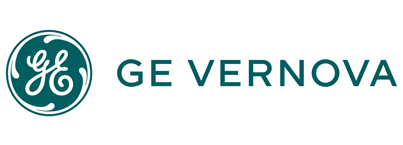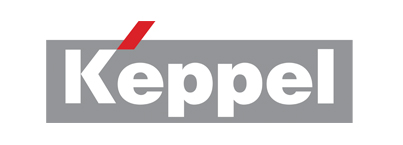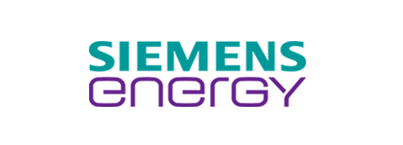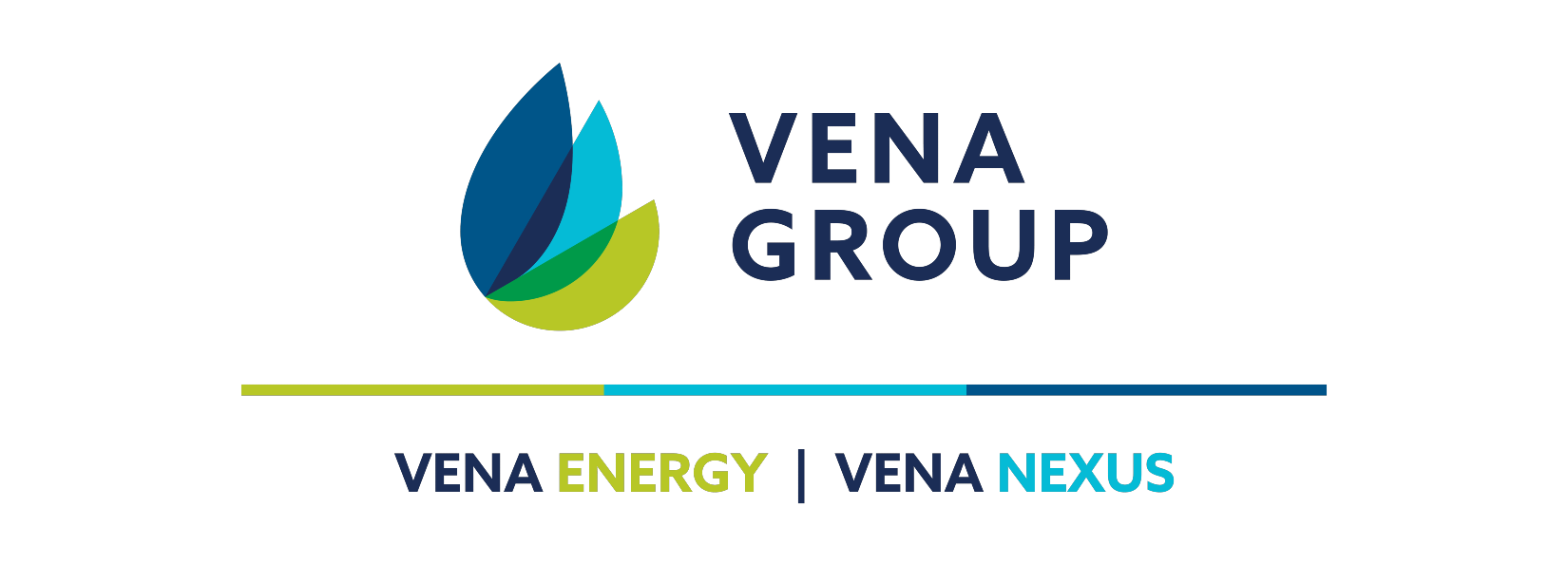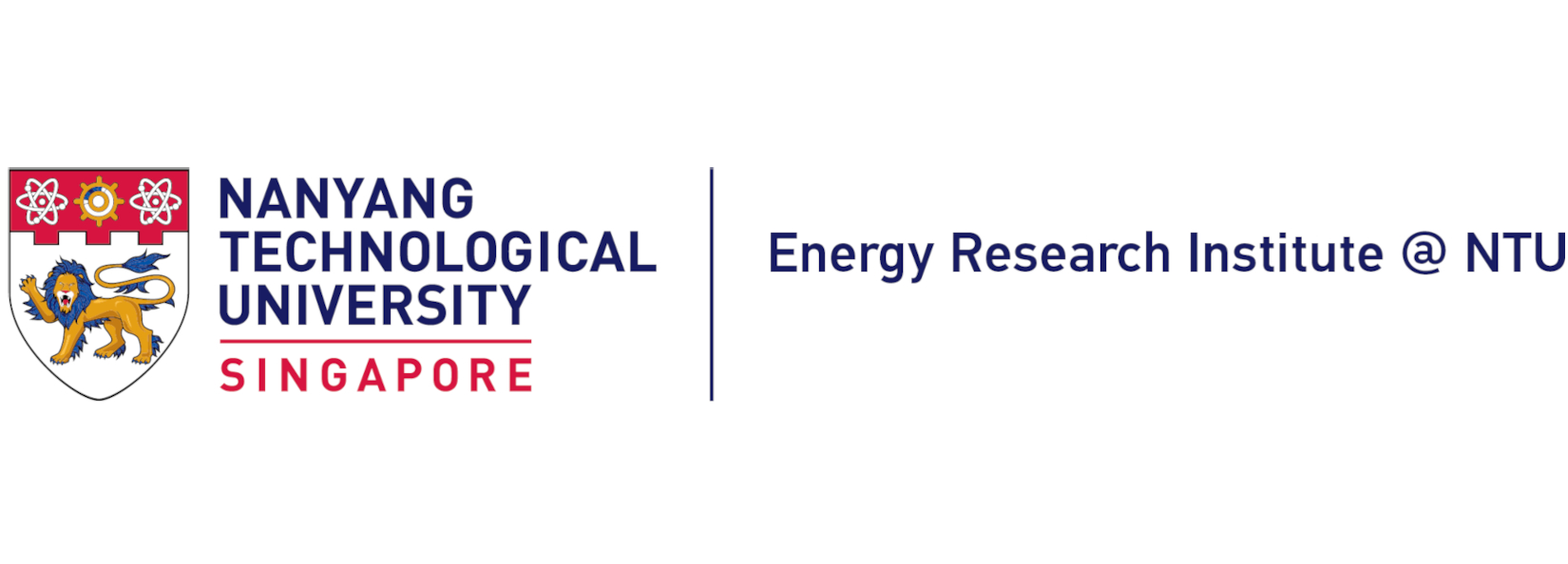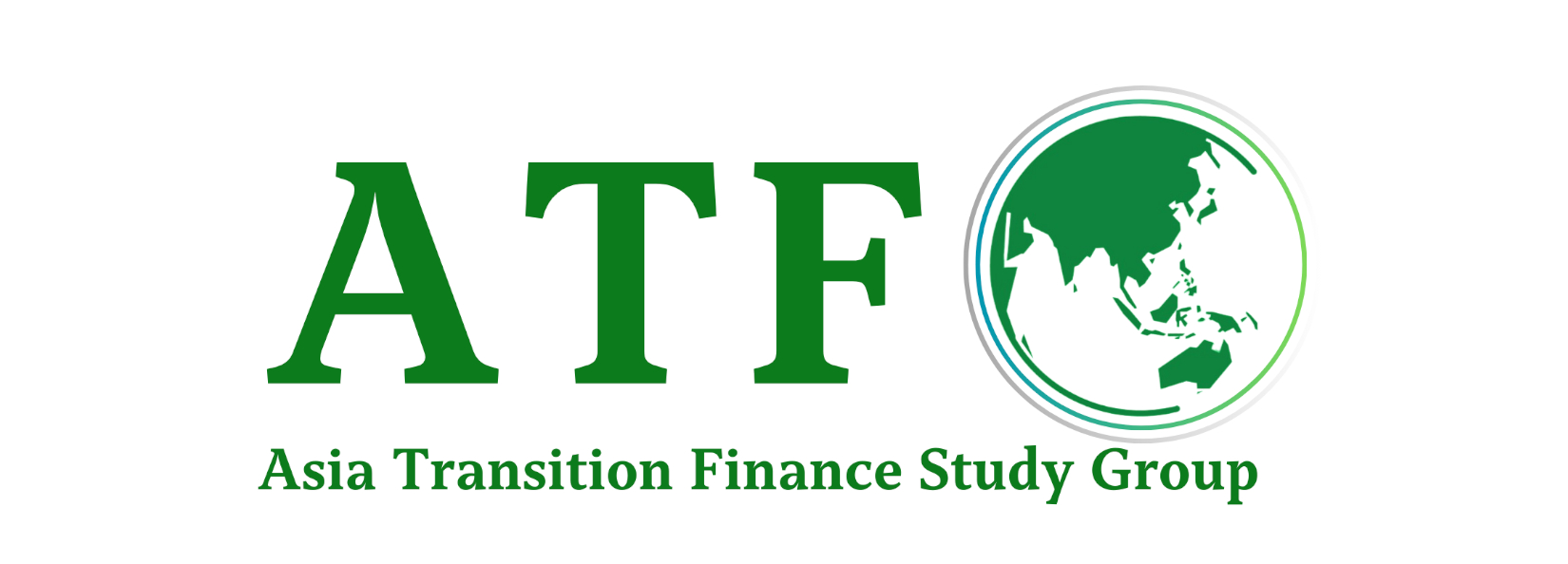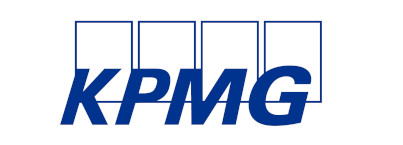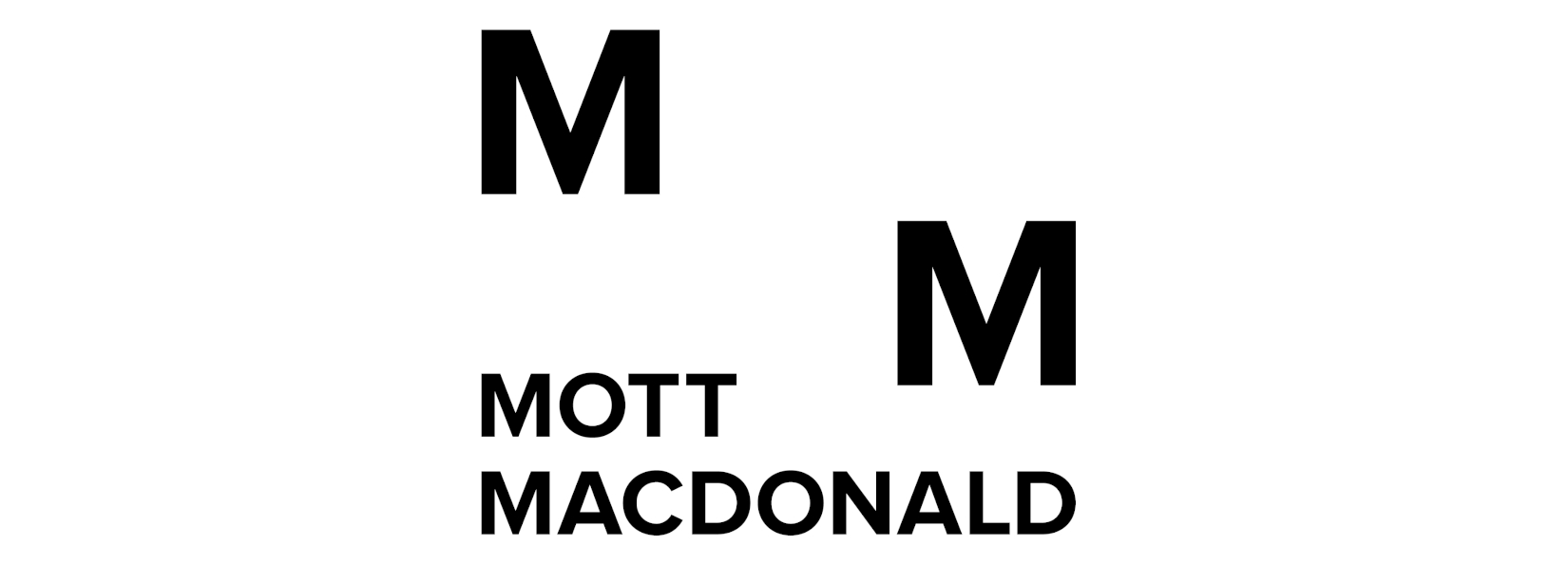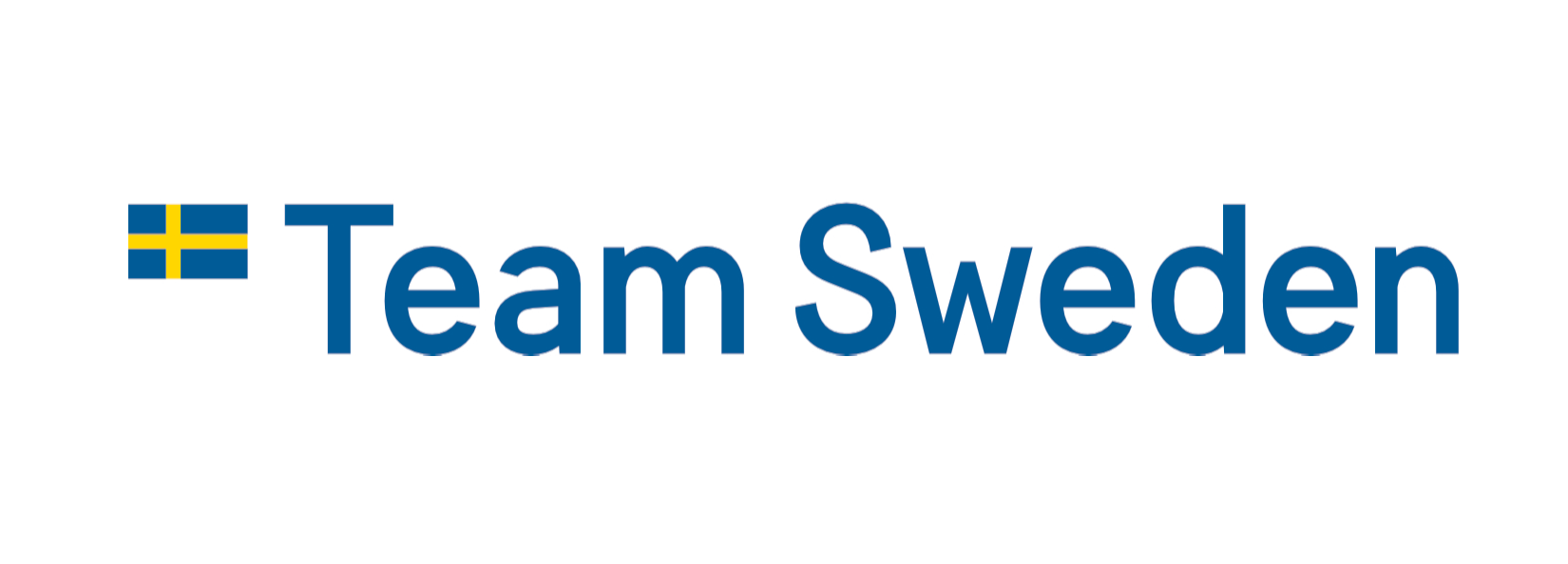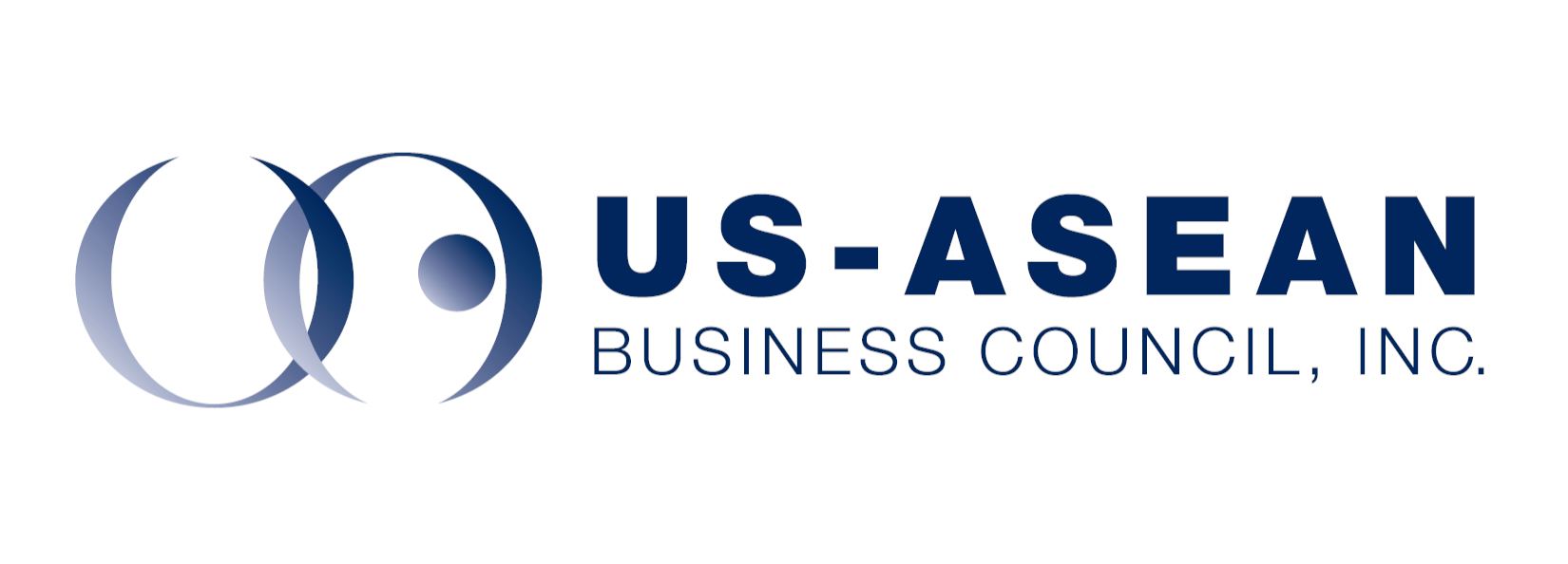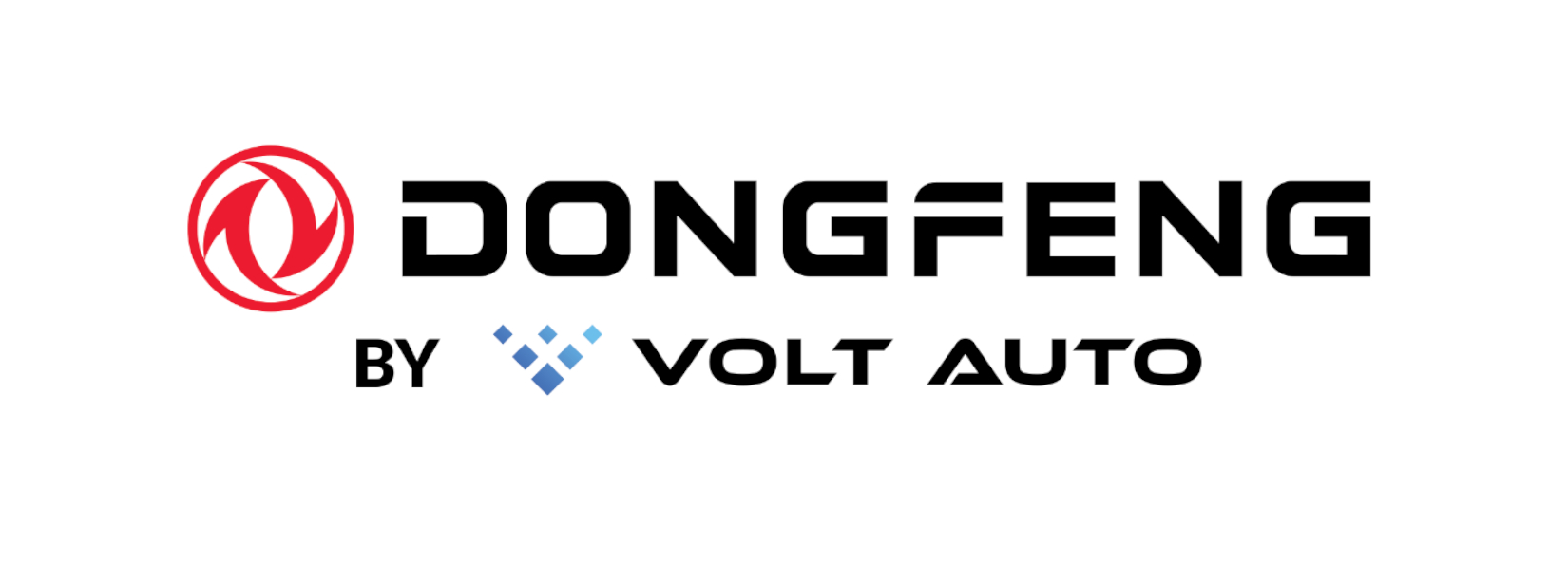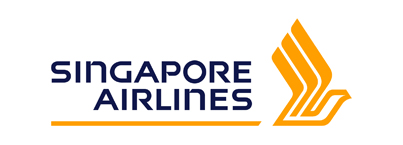Digital innovation, smart regulation, and collaboration are redefining what energy security means for the region and the world.
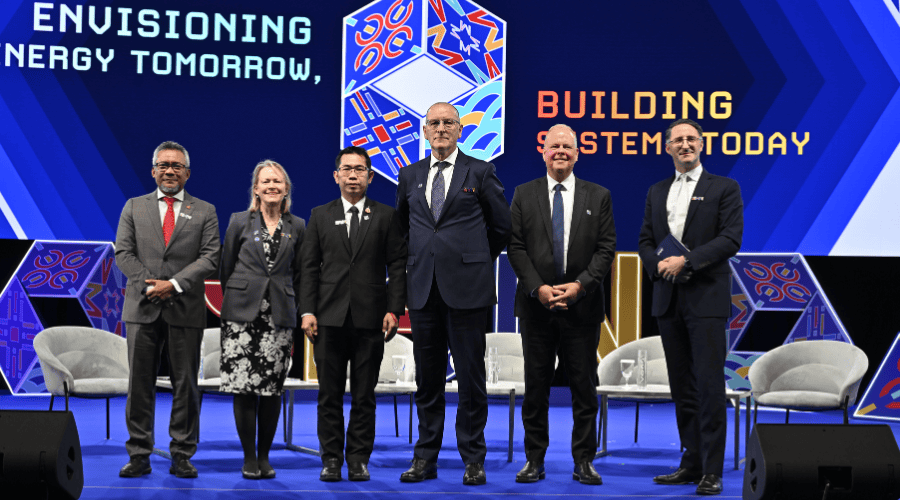
In SIEW Summit Session 4: Securing Today's Energy System, Transforming Energy for Tomorrow, Adrian Scholtz, Global Head, Energy Deals, KPMG, led a discussion with leaders from Tenaga Nasional Berhad (TNB), Thailand's Ministry of Energy, UK OFGEM, Siemens Energy, and the International Energy Agency (IEA). They explored how digitalisation, governance, and partnership are strengthening secure, intelligent energy systems.
Speakers noted that tomorrow's energy systems will be shaped by innovation that unites people, policy, and technology, guided by trust and collaboration.
Digital grids and real-time intelligence
Azlan Ahmad, Chief Information Officer, TNB, described how digitalisation and artificial intelligence (AI) are transforming Malaysia's grid from reactive to predictive. He described a zero-trust design built in from the planning stage to protect critical national assets. Through digital twins, predictive analytics, and self-healing networks, TNB aims to improve efficiency, detect anomalies early, and strengthen reliability.
Mr Ahmad added that collaboration across the digital ecosystem is vital to developing future-ready talent and solutions. This ranges from universities to tech partners, and cybersecurity firms.
Cybersecurity and regional coordination
From Thailand, Dr Sompop Pattanariyankool, Deputy Permanent Secretary, Ministry of Energy, emphasised that digitalisation is a core pillar of the country’s energy transition. He also recognised that digitalisation exposes the system to growing security threats.
He shared that Thailand's energy sector is designated as critical national infrastructure under its cybersecurity law. Supported by an Energy Cyber Emergency Response Team, the Ministry coordinates annual audits and data sharing to strengthen system defence.
On grid development, new forecasting centres, demand response pilots, and hydro and battery storage are strengthening grid flexibility and efficiency. Dr Sompop stressed that interconnectivity with neighbouring systems enhances regional reliability and collective energy security.
Innovation and global energy security
Mary Warlick, Deputy Executive Director, IEA, reaffirmed that energy security remains central to the agency's mission, with technology and innovation as critical enablers.
She pointed to AI, battery storage, advanced geothermal, and even nuclear fusion as areas driving future resilience. She emphasised the need for international collaboration among governments and the private sector to unlock innovation.
Ms Warlick noted that with ASEAN's energy demand growing by nearly 80 percent in two decades, regional systems must evolve to stay both secure and sustainable. IEA's new regional cooperation centre in Singapore, she said, will help strengthen cooperation and investment in regional grid integration, investment, and resource security.
Regulation, investment, and technology enablement
Mark McAllister, Chairman, UK OFGEM, described the regulator's evolving role as a facilitator, rather than a gatekeeper, in the energy transition.
He cited mechanisms such as the Regulated Asset Base (RAB) model for infrastructure, Contracts for Difference (CfD) for price certainty, and cap-and-floor regimes that help de-risk investment and encourage innovation while maintaining affordability. Mr McAllister shared real-world examples of how AI and automation can prevent system failures, improve maintenance, and enhance battery deployment visibility.
He urged regulators to use technology and collaboration to balance innovation with consumer protection.
Engineering resilience and system optimisation
Thorbjörn Fors, Group Senior Vice President and Managing Director of Asia Pacific, Siemens Energy, highlighted the importance of optimising existing assets while enabling new clean technologies.
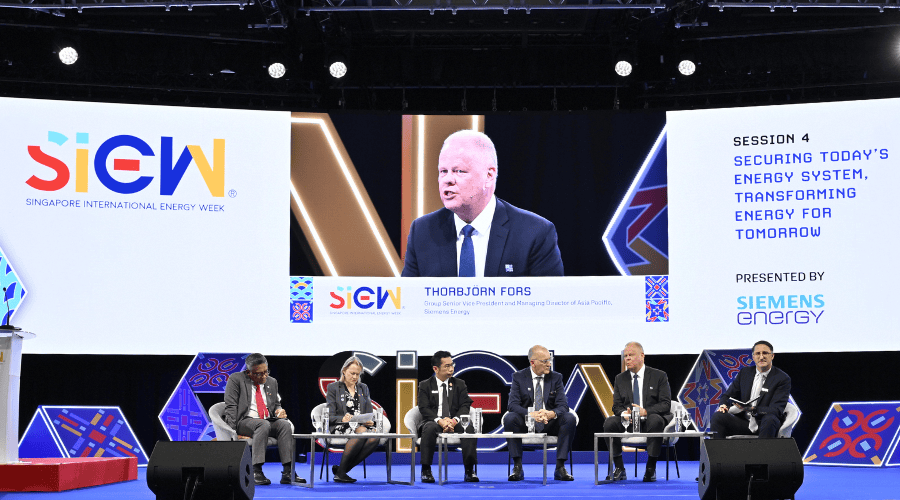
He cited recent upgrades in Singapore that improved gas turbine efficiency and cut emissions by 60,000 tonnes of CO2, which show the dual benefit of performance and decarbonisation. He advocated for stable, flexible grids, especially as coal assets retire and renewable integration expands.
Mr Fors called for continued investment in grid stability, hybrid and hydrogen-ready systems, noting Southeast Asia's diversity of energy landscapes. He stressed that R&D and regulatory alignment are crucial to scaling innovation and building secure, connected systems.
Stay tuned as the conversation evolves throughout the day. Follow @SIEW_sg on Telegram and X (formerly Twitter) for the latest insights.


